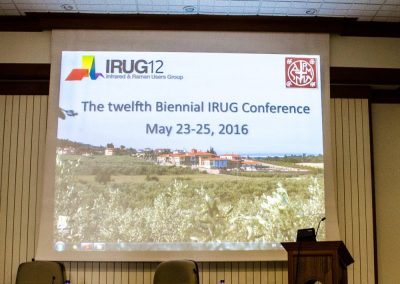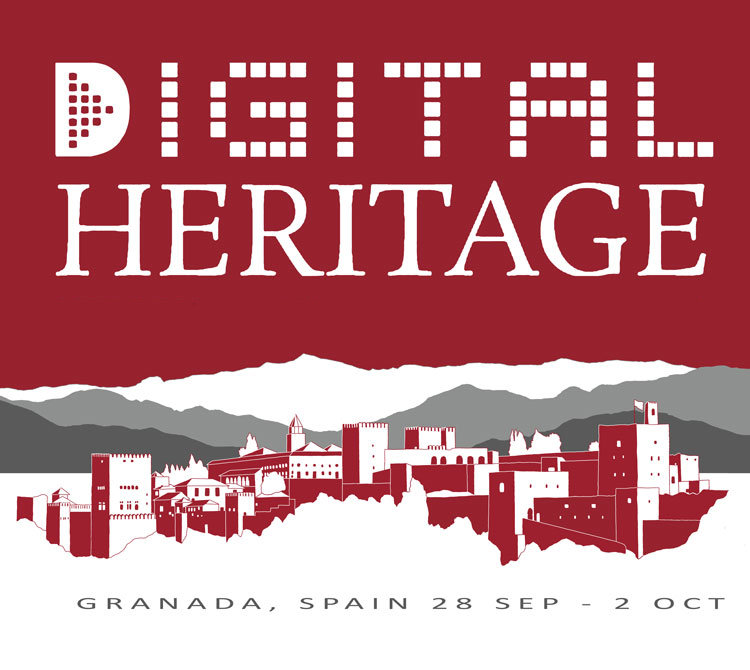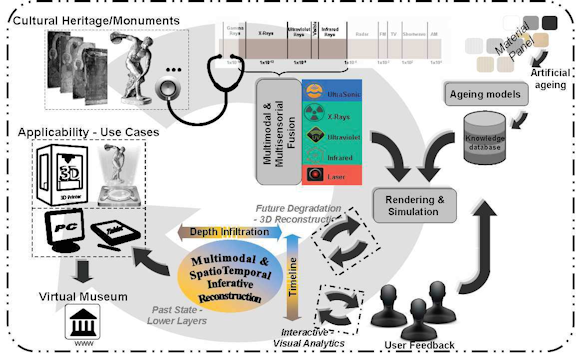 |
|
SCAN4RECO Newsletter No.1 (July 2016) SCAN4RECO is a 3-year Research and Innovation Action (2015-2018) where 9 partners from 5 countries collaborate in developing ICT solutions for efficient restoration and prevention of degradation of cultural heritage objects. Our cultural heritage and the way we preserve and valorise it is a major factor in defining Europe's place in the world and its attractiveness as a place to live, work, and visit; a powerful instrument that provides a sense of belonging amongst and between European citizens. The need to preserve, provide advanced access to and understanding of cultural heritage is clearly of utmost importance, especially when considering its wealth throughout Europe. |
||
|
|
||
|
Intended SCAN4RECO Solution Scan4Reco project aims deliver a multi-modal and multi-discipline platform that will be able to non-destructively scan any cultural asset Scan4Reco introduces a novel and innovative approach for the scientific and wider community as it enables the processing of multi-sensorial input in such a way that produces a hierarchical, multi-layered and multidimensional complete model of the object of interest. In addition, Scan4Reco will combine the object of interest with inter-disciplinary knowledge derived from the web and specific relevant datasets while also provide it with an automatic inference of its forthcoming state/shape in the future. |
 |
|||
|
First Concept Architecture
The overall architecture has been developed, which is intended to be modular and easily customized, using a toolbox approach that supports flexible mixing and matching of individual components to address end user needs. The definition of the multilevel architecture structure and of its components has been derived from the breakdown of the conceptual architecture described in the project grant into a series of high-level functionalities and system requirements (technical, functional, operational) that map the conceptual core elements to the end-user needs (deliverable D2.3). The resulting architecture is modular, multi-level, and flexible, as individual components and component subsets are loosely connected and can be used all together or standalone in order to perform specific tasks.
| ||||
|
12th IRUG Conference
The ORMYLIA FOUNDATION Art Diagnosis Centre hosted the 12th Infrared and Raman Users Group (IRUG) Conference, which took place on 23-25th of May 2016. The conference included oral presentations and posters that addressed all aspects of the application of IR and Raman spectroscopies to the study of cultural artefacts and their preservation. Topics included a range of activities where IR and/or RAMAN components offer special benefit:
|
  |
|||
|
Scan4Reco presentation at the "Digital Heritage Workshop"
The Scan4Reco Project has been presented at the "The Role of Similarity in the Re-unification, Re-assembly and Re-association of 3D Artefacts at Digital Heritage" workshop, which took place between the 28th of September and 2nd of October 2015 in Granada, Spain. CRS4 has presented their work on "Scan4Reco: Characterization of Artworks Material Through Photometric and Microscopic Analysis". |
 |
|||
|
Scientific Dissemination Although the Scan4Reco Project has only been active for ten months, a number of conference publications as well as a contribution to a book by Springer have been already produced. The list includes:
Work produced in SCAN4RECO project will be available for Open Access under "creative commons" license at the "SCAN4ECO Community" on the ZENODO portal: https://zenodo.org/collection/user-horizon2020-reflective7-scan4reco | ||
|
|
||
|
|||||||
|
|
|||||||

